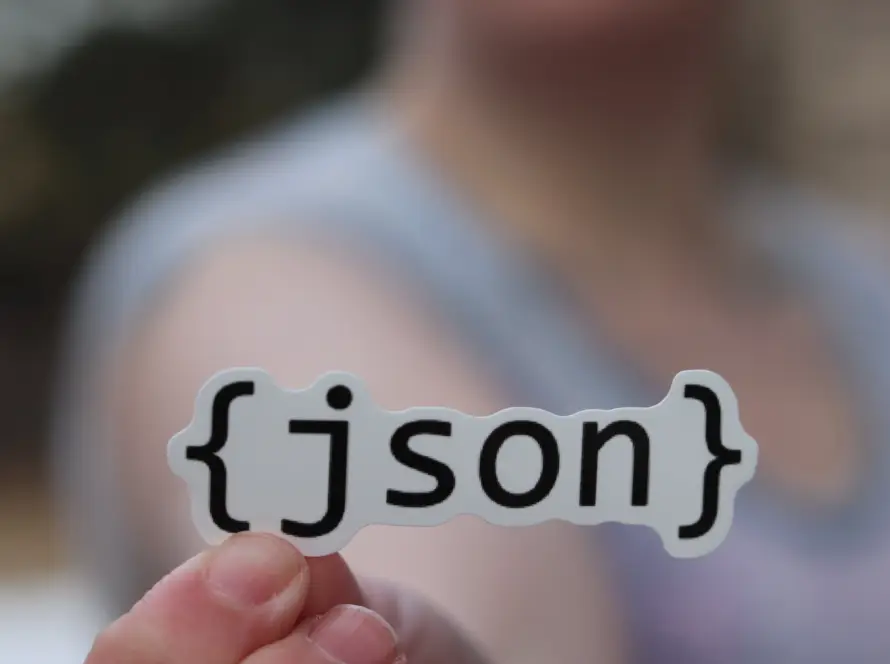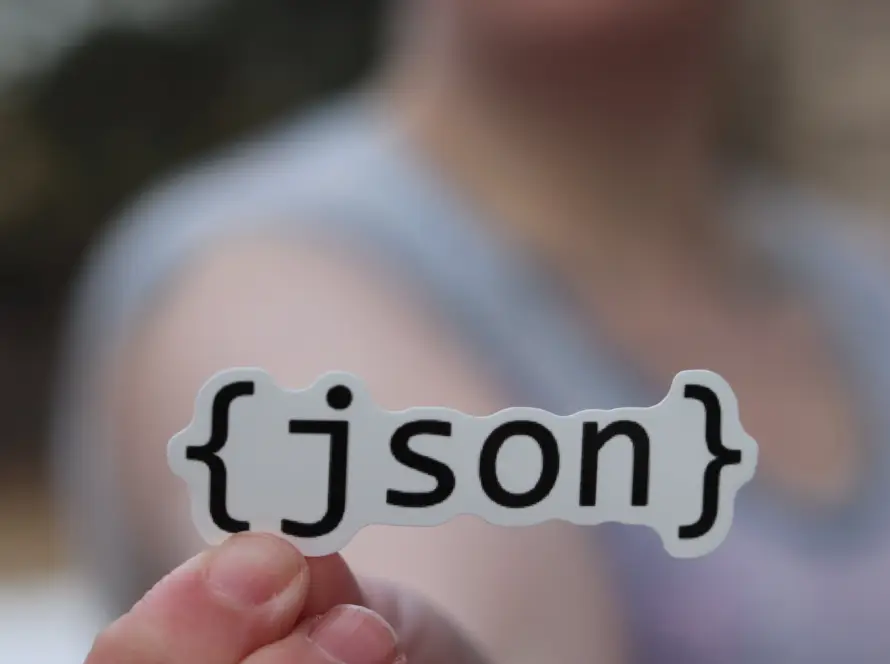Generated by Contentify AI

Decoding and encoding JSON strings is a fundamental skill that every developer should possess. JSON, short for JavaScript Object Notation, is a lightweight data interchange format that has become the de facto standard for exchanging data between applications. It is not only widely supported by various programming languages but also easy to read and write for both humans and machines.
When it comes to decoding JSON strings, developers need to convert the string representation of JSON data into a format that their programming language can work with. This process involves parsing the string and transforming it into objects, arrays, and primitive data types. Most programming languages provide built-in methods or libraries to handle this conversion seamlessly. By decoding JSON strings, developers can extract the desired data and utilize it within their applications effectively.
On the other hand, encoding JSON strings is the opposite process. Here, developers convert objects, arrays, and primitive data types into JSON string representation. This is crucial when sending data to external systems or APIs that expect JSON data. By encoding data as JSON strings, developers ensure compatibility and seamless communication between different systems.
While decoding and encoding JSON strings may sound relatively straightforward, there are certain considerations worth mentioning. Handling complex nested structures, dealing with data types that are not directly supported in JSON, and ensuring data integrity are some of the challenges that developers might face. Additionally, adhering to best practices such as escaping special characters and properly formatting the JSON string is essential to maintain data accuracy and prevent potential issues.
In conclusion, being proficient in decoding and encoding JSON strings is indispensable for developers working with modern web and mobile applications. It allows seamless data exchange, facilitates communication between different systems, and enables the effective utilization of data. By mastering this skill, developers can ensure the reliability and efficiency of their applications in today’s data-driven world.



